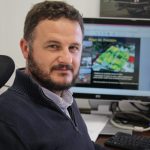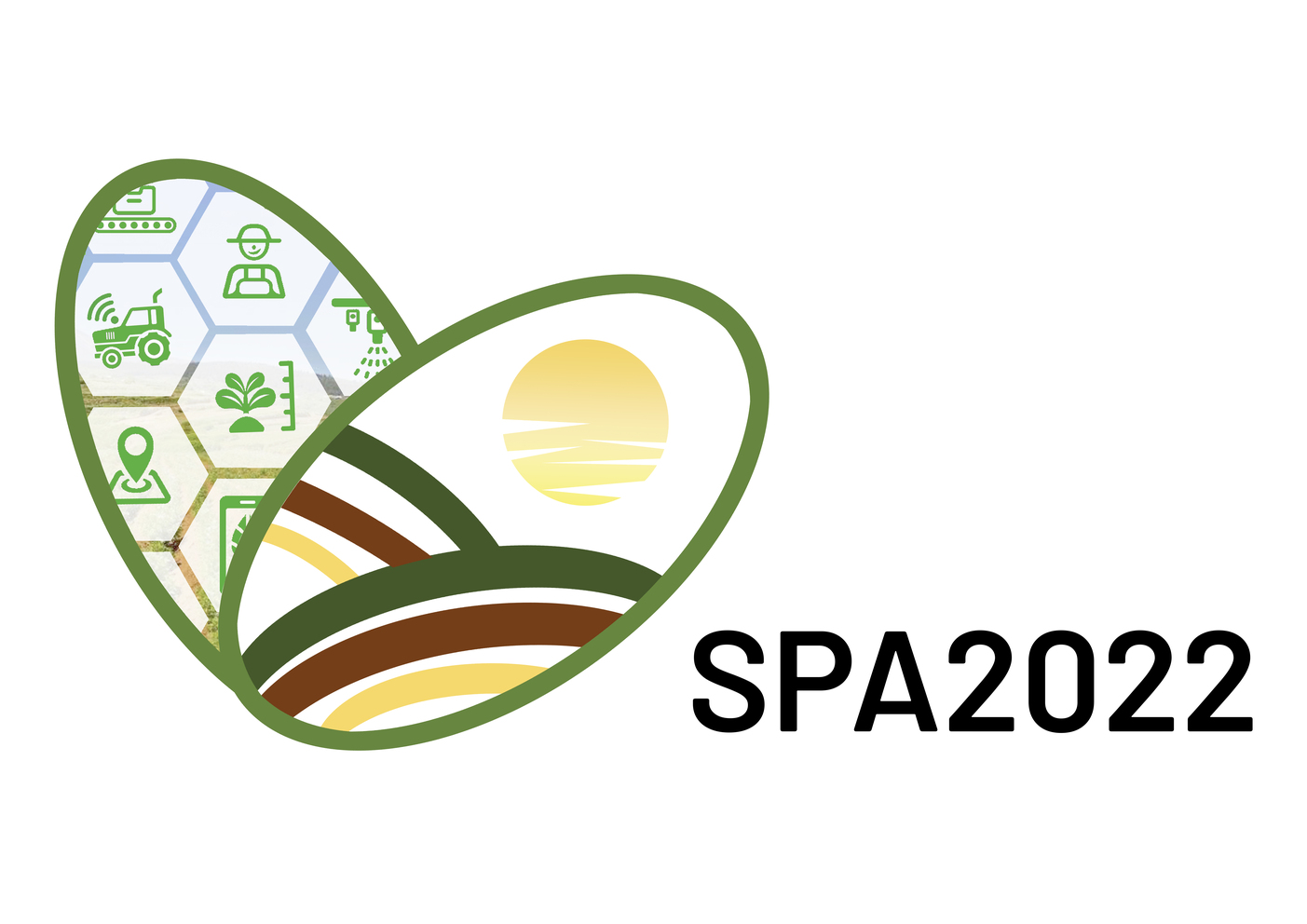Engineering Technology for crop disease identification and management

In recent years there has been great progress in the use of remotely sensed data obtained from sensors mounted on terrestrial (tractor, robot, or rovers), aerial (unmanned aerial vehicles (UAVs), airplane flights or balloons), and satellite platforms for the early detection of crop diseases and thus carry out specific applications of pesticide products. Among the most promising technologies that provide high-resolution data are hyperspectral (higher number of wavebands) and multispectral sensors (a smaller number of wavebands). These sensors provide the radiation reflectance in the visible (VIS) and near-infrared (NIR) region for each pixel, generating three-dimensional datasets containing spatial and spectral information. The platforms mentioned above have been well-studied by many research groups and their advantages and disadvantages are well-known. However, detection of biotic stresses at the early stages of incidence from high-resolution imagery is still challenging. Detection of biotic stresses with hyperspectral imaging has proven much more challenging than detection of abiotic stresses, as biotic stress symptoms may not be expressed at the canopy scale until the severity of infestation increases beyond threshold levels. Currently, research on weed, insect, and disease detection is among the leading-edge applications. Much more effort is needed by the agricultural sector and technicians to develop commercially viable approaches for identifying insect and disease infestation using spectral information from multispectral or hyperspectral crop sensing. Under field conditions, the main issues that must be addressed include accuracy improvements to counteract the disturbing factors that influence the recorded optical information (background, illumination, resolution etc.), isolating stressors’ effects when multiple stressors coexist, rapid diagnosis, transferability of algorithms and the development of user-friendly and cost-effective applications. To solve these issues, a multi-actor approach with agricultural engineers and computer scientists, who are well versed in machine learning algorithms and approaches, is the way forward, like in other precision agriculture applications.
